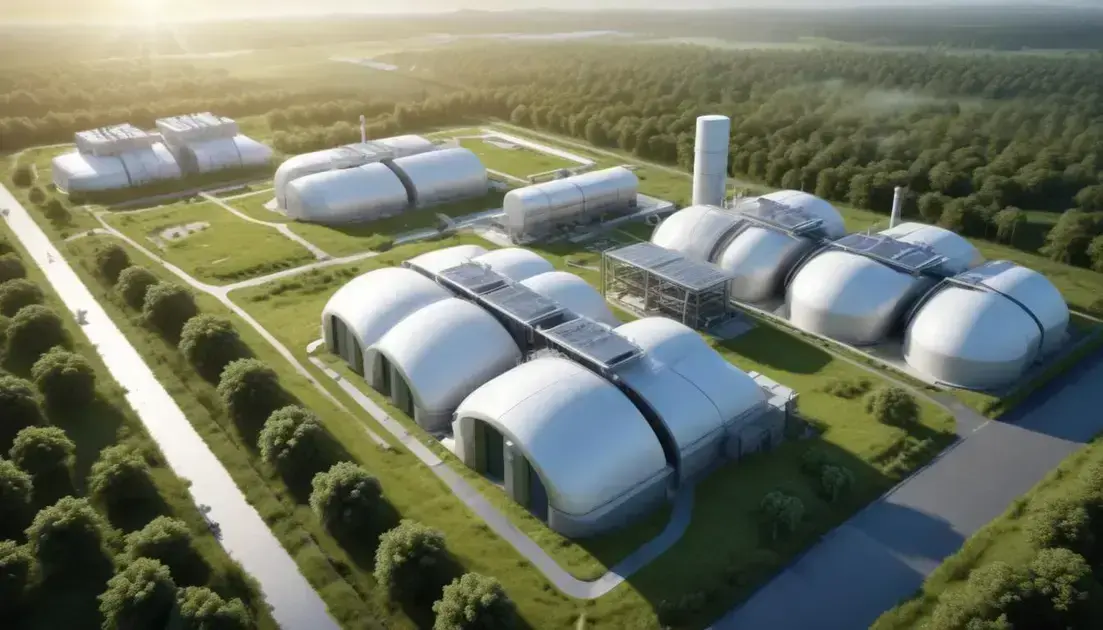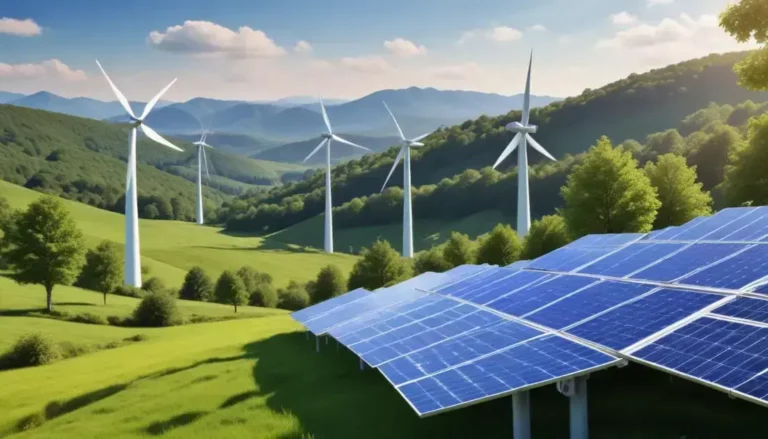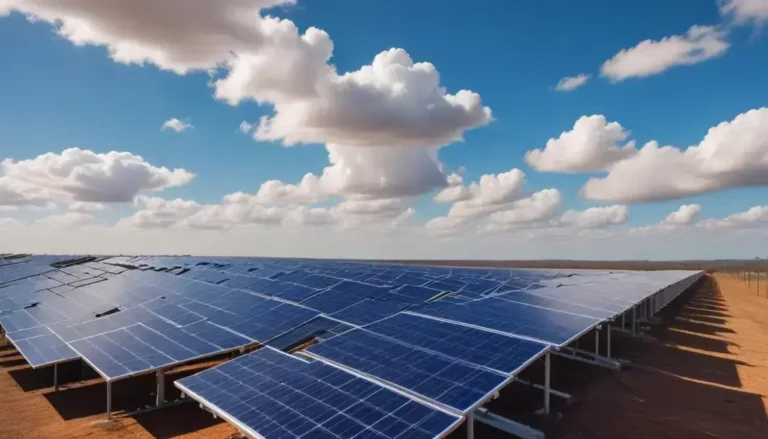Exploring Direct Air Capture Innovations in Climate Strategy
Direct Air Capture (DAC) is a technology that effectively removes carbon dioxide from the atmosphere, utilizing advanced materials and automation to improve efficiency and support climate change mitigation efforts.
In recent discussions, Direct Air Capture (DAC) has emerged as a pivotal climate solution. But what does this mean for our environment?
From Laboratory to Large-Scale Investment
The journey from laboratory innovations to large-scale investments in Direct Air Capture (DAC) technology exemplifies the significant leap toward combating climate change. Researchers and engineers have been tirelessly developing methods to capture carbon dioxide directly from the atmosphere. These advancements are not just theoretical; they are proving their viability in real-world applications.
Initial projects showcase the ability of DAC systems to sequester large quantities of CO2 efficiently. These systems are designed to work in a variety of environments, making them adaptable and scalable. As interest in carbon removal strategies increases, funding sources have begun to recognize the potential of DAC technologies.
Major investments from both public and private sectors are beginning to pave the way for large-scale deployment. Governments are increasingly providing incentives for innovation, while private companies see DAC as a promising venture that aligns with sustainability goals.
In this transformative process, collaborations between technology developers and financial backers are critical. These partnerships facilitate the growth of DAC infrastructure, leading to a network of facilities capable of significantly reducing atmospheric carbon levels. Such initiatives not only contribute to climate goals but also create economic opportunities in the green technology sector.
Technological Breakthroughs in Direct Air Capture
Recent technological breakthroughs in Direct Air Capture (DAC) are transforming the landscape of climate change mitigation. Advanced materials are being developed to improve the efficiency of CO2 absorption processes. These innovations are crucial as they increase the effectiveness of DAC systems in sequestering carbon from the atmosphere.
One significant advancement is the use of new sorbents that enhance CO2 capture rates while reducing energy consumption. These materials are designed to work effectively under various environmental conditions, making them versatile for deployment across different locations.
Moreover, advancements in automation and scale are streamlining the operational processes of DAC facilities. By integrating sophisticated monitoring systems and AI-driven data analysis, operators can optimize performance in real-time, ensuring that the facilities run at peak efficiency.
Collaboration between scientists, engineers, and environmentalists is critical for these breakthroughs. Together, they work to refine DAC technologies and explore innovative approaches to integrate them within existing infrastructures. The future of DAC not only hinges on technological advancements but also on securing public and private funding to support these initiatives.
In Summary: The Impact of Direct Air Capture Technology
Direct Air Capture (DAC) technologies play a crucial role in our fight against climate change. By innovating in material science and automation, these systems enhance our ability to remove carbon dioxide from the atmosphere.
The continued investment in DAC not only shows great potential for reducing greenhouse gases but also highlights the importance of collaboration among scientists and industries. As breakthroughs occur, we can expect more efficient and effective ways to implement carbon capture on a larger scale.
Ultimately, supporting these advancements will help us create a cleaner and more sustainable future. Together, we can make a significant difference in the quest for a healthier planet.
Frequently Asked Questions
What is Direct Air Capture (DAC)?
Direct Air Capture (DAC) is a technology designed to extract carbon dioxide directly from the atmosphere, helping to reduce greenhouse gas levels.
How does DAC contribute to climate change solutions?
DAC plays a vital role by capturing carbon dioxide, which can then be stored or utilized, aiding global efforts to combat climate change.
What are the main technological advancements in DAC?
Recent advancements include new materials for more efficient CO2 absorption and automated systems for better operation and data analysis.
Who is investing in Direct Air Capture technology?
Both public and private sectors, including governments and corporations, are investing in DAC to support innovative climate solutions.
What challenges does DAC face?
Challenges include high implementation costs, energy consumption, and the need for large-scale infrastructure.
How can individuals support DAC initiatives?
Individuals can support DAC by advocating for policies that fund climate technologies, as well as reducing their carbon footprint in daily life.






